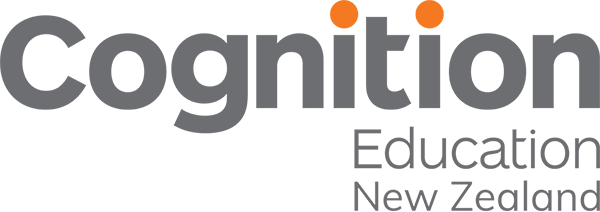By Dr Arran Hamilton
From learning management systems, intelligent tutoring platforms to completely paperless schools – the use of education technology is rampant (and ramping up) across school systems. More than USD $140 billion per annum is currently being spent globally on EdTech.
But one thing that sticks out like a proverbial sore thumb when we review global education data is the disconnect between the claims made about the effectiveness of education technology and the actual evidence of impact for certain types of products and platforms. These are the findings from a review of 60+ years of education technology research that I recently conducted with Laureate Professor John Hattie of the University of Melbourne (‘Not all that Glitters is Gold’ November 2020). This review synthesizes the findings of 234 meta-analyses of 15,398 studies, involving 2.12 million students on the impact of education technology. These findings are all the more pertinent in the current context, where schools in many parts of the world are grappling with repeated closures and the implementation of online learning – as a response to COVID-19.
The challenging conclusion from the research is that the impact of almost all types of technology (on learner achievement in standardised assessments) is on average only half of what can be realized by good old-fashioned human-to-human interactions between educators and learners. Whilst the technology is useful for automating school-based processes and speeding up access to personalised rich learning content, it cannot (currently) overcome the natural limits of the brain in cognitively processing all these inputs.
Human working memory is limited to processing seven (plus or minus two) pieces of information at the same time – which is why it’s so hard to memorize telephone numbers or to effectively process the rich multimedia content that education technology brings to our eyes and ears at great speed. In fact, some technology can reduce learning. Where students use laptops to take notes – they are often able to type faster than they can write by hand. This means they end up taking verbatim dictation – rather than listening to what their teacher is saying and re-packaging this into their own (more concise) wording. The unfortunate outcome is that the students can end up with a word-for-word record but without any real understanding of the content.
That isn’t to say that all existing education technology is ineffective. There is reasonable evidence that some intelligent (AI-driven) tutoring systems in maths and science, which assess students’ current strengths and areas for development and provide targeted learning episodes, can be highly effective. Video performance analytics systems for teachers also stand out in the research. This includes platforms like IRIS Connect, which allows teachers to record and review their classroom practice for collaborative improvement and collective efficacy. These solutions work because they enable educators to ‘hold up the mirror’ to their pre-existing practice.
And whilst our analysis explicitly focuses on the degree to which technology specifically increases learner achievement in standardised assessments, there are also other things tech is good for: like saving teachers’ time so that they can focus on being even better at their human-to-human interactions.
Our clarion call to educators is to select your education technology platforms and products with great care. Ask yourself:
- What is it that you are trying to improve? Is this the most important area for you to focus on and what are ALL the different ways you could meet your goals i.e. both with and without the use of technology?
And if you do decide that technology is what you need:
- What evidence supports the effectiveness of your chosen technology? Have there been any independent evaluations? Is your local context similar to that where the research was conducted?
- What are you going to have to stop doing to make time to adopt and successfully embed the new technology? What will the impact be of stopping your existing practice and is there any danger that you could be replacing something effective with something that will have less impact?
- What support are your teachers and students likely to need to implement the new technology effectively? Can you and/or the product developer commit to providing this?
- What is the direct cost of implementation per student? Are there other things you could invest in that would generate a higher return on student achievement and at a lower cost?
- How confident are you in your answers to Q1-5?
- What data do you have at your disposal?
- Where can you find additional sources of information?
We accept that technology is here to stay and that product developers design their offerings to be a force for good. As some schools face closure during the COVID-19 outbreak, digital learning platforms also come into their own as the best way of providing continued access to education. But we urge you to research and implement your technology options with great care – to ensure that each dollar of expenditure generates a commensurate level of impact.
Dr Arran Hamilton is Group Director of Education at Cognition Education, a global authority on education improvement.

